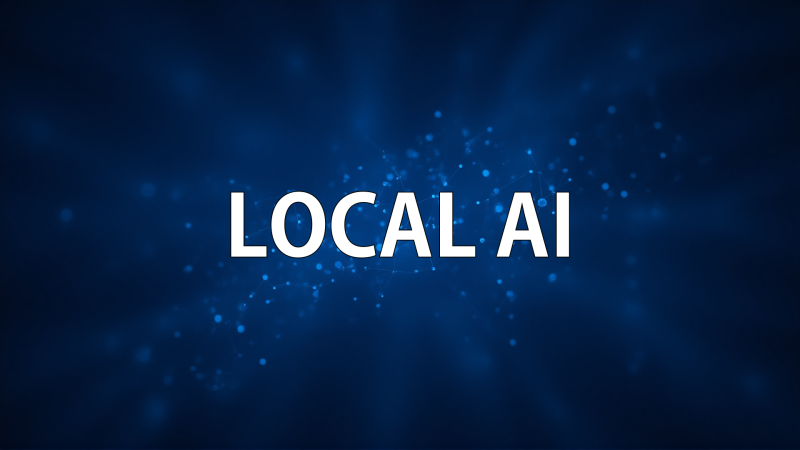Exploring StableAnimator: A Breakthrough in Identity-Preserving Human Animation
In the rapidly evolving field of artificial intelligence, generating realistic human animations while preserving the subject’s identity has been a significant challenge. Traditional diffusion models often struggle with maintaining identity consistency across frames, leading to noticeable discrepancies in animated sequences. Addressing this issue, researchers have introduced StableAnimator, an innovative end-to-end video diffusion framework designed to synthesize high-quality, identity-preserving human animations without the need for post-processing.
Understanding StableAnimator
StableAnimator operates by conditioning on a reference image and a sequence of poses to generate coherent video sequences. Its architecture incorporates several key components aimed at ensuring identity consistency:
- Image and Face Embeddings: Utilizing pre-trained extractors, StableAnimator computes embeddings for both the overall image and specific facial features. This dual-embedding approach captures comprehensive visual information, crucial for maintaining identity fidelity.
- Global Content-Aware Face Encoder: This module refines face embeddings by facilitating interaction with image embeddings, ensuring that facial features are accurately represented and consistent throughout the animation.
- Distribution-Aware Identity Adapter: To prevent temporal layers from introducing inconsistencies, this adapter aligns embeddings effectively, preserving identity across frames.
- Hamilton-Jacobi-Bellman (HJB) Equation-Based Optimization: During the inference phase, StableAnimator employs a novel optimization technique based on the HJB equation. This method integrates with the diffusion denoising process, constraining the denoising path to enhance facial quality and maintain identity integrity.
Key Features of StableAnimator
- Identity Preservation: By focusing on detailed facial and image embeddings, StableAnimator ensures that the subject’s identity remains consistent across all frames, a notable improvement over previous models.
- High-Quality Video Synthesis: The framework’s sophisticated modules work in tandem to produce videos that are not only coherent but also of high visual quality, eliminating the need for additional post-processing.
- End-to-End Framework: StableAnimator’s design streamlines the animation process, making it more efficient and accessible for various applications.
Recent Updates and Advancements
- December 10, 2024: Released a Gradio interface, enhancing user interaction with the model.
- December 6, 2024: Published data preprocessing codes for human skeleton and face mask extraction, facilitating easier data preparation for users.
- December 4, 2024: Unveiled an engaging dance demo, “APT Dance,” showcasing the model’s capabilities.
Getting Started with StableAnimator
- Environment Setup: Install the required dependencies using the provided
requirements.txtfile. - Download Pre-trained Weights: Obtain the necessary model weights from the Hugging Face repository.
- Data Preparation: Utilize the provided scripts for human skeleton and face mask extraction to preprocess your data.
- Model Inference: Configure the inference settings as per your requirements and run the model to generate animations.
Applications of StableAnimator
- Content Creation: Empowers creators to generate realistic human animations for films, games, and virtual environments.
- Virtual Avatars: Enables the creation of lifelike avatars for virtual meetings, enhancing user engagement.
- Education and Training: Facilitates the development of instructional videos with consistent and realistic human figures.
Future Directions
The development team plans to release further training codes, evaluation datasets, and an enhanced version, StableAnimator-pro, to broaden the framework’s capabilities and applications.
Sources
- Research Paper: StableAnimator on arXiv
- Official GitHub Repository: StableAnimator GitHub
- Model Hosting: StableAnimator on Hugging Face


















